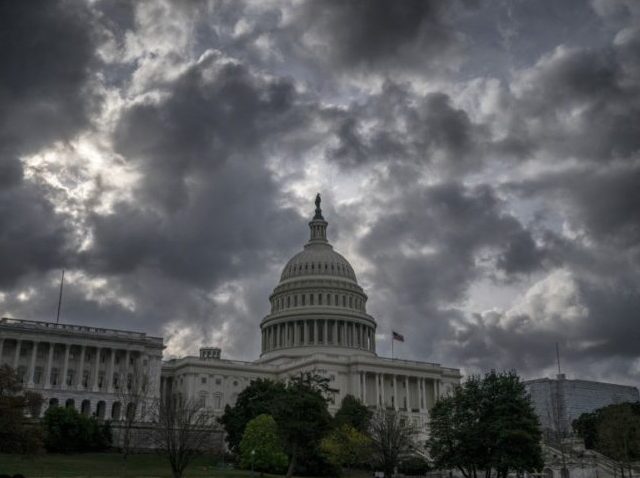The bond market flashed a significant warning sign Wednesday morning.
The typical gap between the yields on bonds maturing in two years and 10 years reversed itself, as investor hunger for longer-term bonds pushed longer-term yields below shorter-term. This so-called ‘inverted yield curve’ is considered a reliable indicator that a recession looms sometime in the next couple of years.
The yield curve is a way to show the difference in compensation investors get depending on how long a bond takes to mature. Most of the time, the curve slopes upward because investors usually want to be paid more in exchange for locking their money up for longer.
But at times the relationship can flip, or invert, with shorter-term bonds yielding more than longer-term bonds.
That’s what happened on Wednesday.
Since longer-term bond yields more or less reflect the expected path of future short-term rates, this can be an indicator that investors think the Federal Reserve will have to cut its short-term interest rate target because of slumping economic growth or an approaching recession. The Fed is widely expected to cut its target rate at its September meeting.
While parts of the yield curve have inverted in the last few years, the two-year has not fallen below the ten-year yield since 2007. The other closely watched gap, between three-month yields and the ten-year, inverted back in March but flipped back to normal within a short time.
An inverted yield curve does not always foreshadow a recession, however. Intraday inversions that quickly correct to the normal relationship have often been misleading signals.
The yield curve may also have lost some of its predictive power. Very large budget deficits have increased the amount of bonds the government is selling. The government’s choices about which bonds to sell could cause an over-supply or under-supply in some parts of the yield curve, which in turn could invert the curve.
The Federal Reserve’s actions as it shrinks its balance sheet, inflated from years of bond buying under the central bank’s quantitative easing program, may also be putting pressure on the curve. This is largely an unprecedented event so its effects are hard to predict and likely will not be known for years.
The bond market is often fickle. A year ago, the market was signaling that the Fed was expected to raise interest rates three times in 2019. Now investors expect the Fed to cut at least two more times this year.

COMMENTS
Please let us know if you're having issues with commenting.